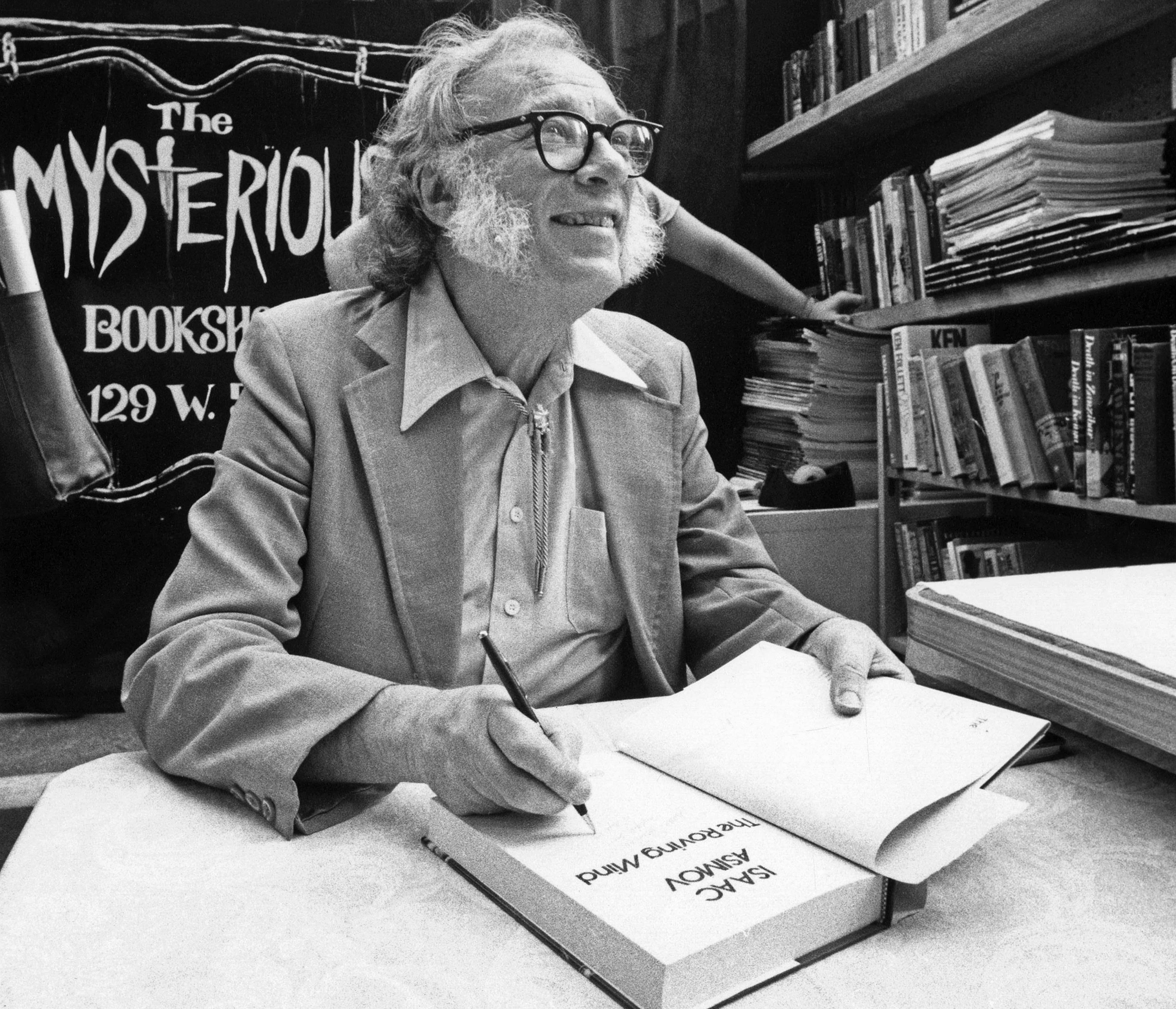Peter Suderman: The History of Science Fiction Robots
How science fiction androids became real-life machines.

Before there were robots in real life, there were robots in science fiction. Many decades' worth of robots. Unsurprisingly, those works of imaginative fiction led directly to the reality we live in today, writes Peter Suderman.
The idea of humanoid automatons goes back centuries—historian Noel Sharkey has found evidence of robot-like designs in ancient Greece-but the word robot is less than 100 years old. It was first used by the Czech writer Karel Capek in a 1920 play called R.U.R., which tells the story of a revolt at Rossum's Universal Robots, a factory that produces humanoid machines. (Capek's robots were biological creations, more like androids than metal men.)
The word robot was drawn from robota, a Czech word meaning drudge work. Capek's story set the tone for decades of robot fiction, mostly by stoking fears that the servants could eventually turn on their masters. Such scenarios were on Isaac Asimov's mind in 1939 when he wrote "Robbie," the first of what would be dozens of influential stories about future societies populated by robots.


Show Comments (0)